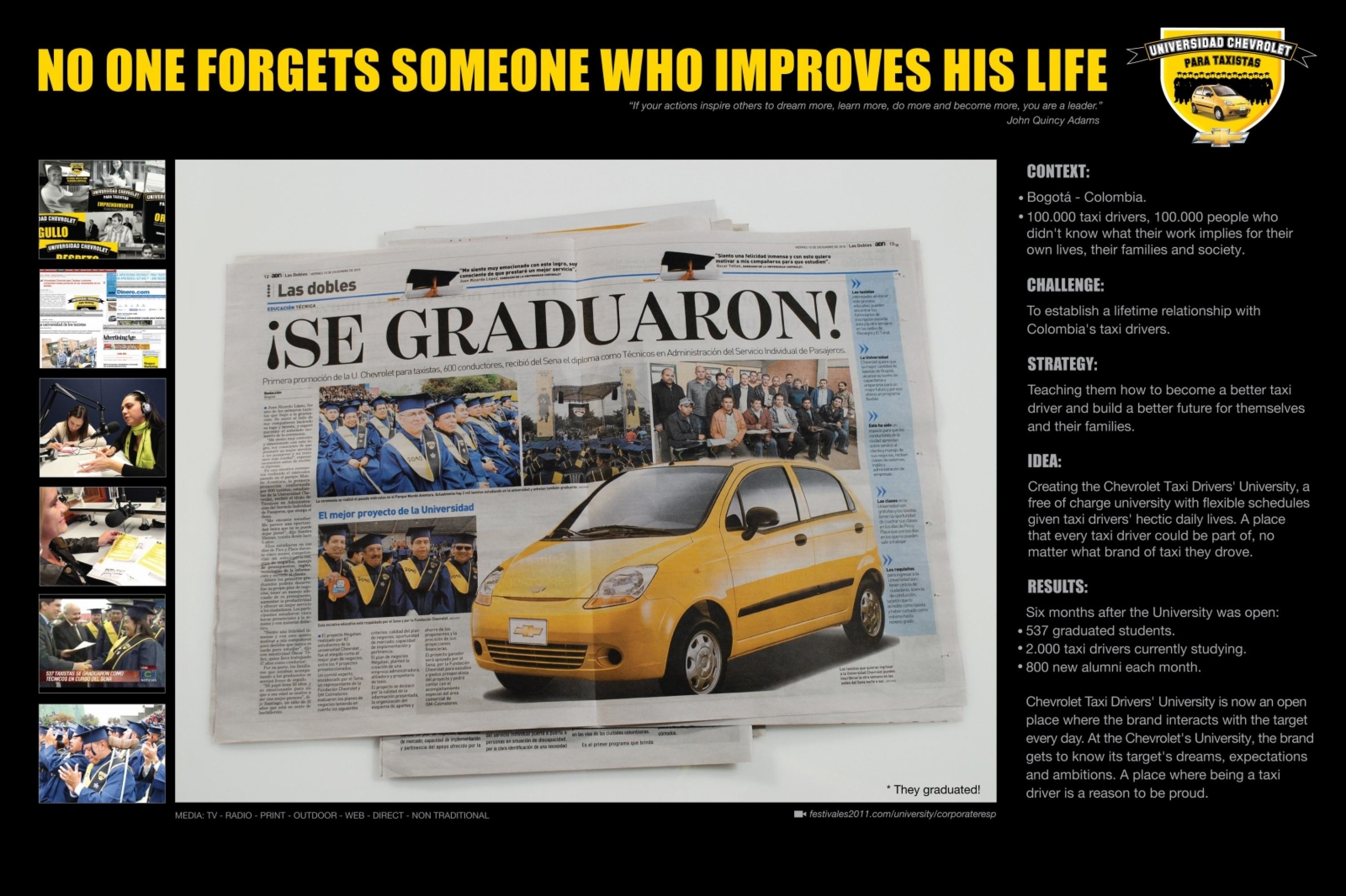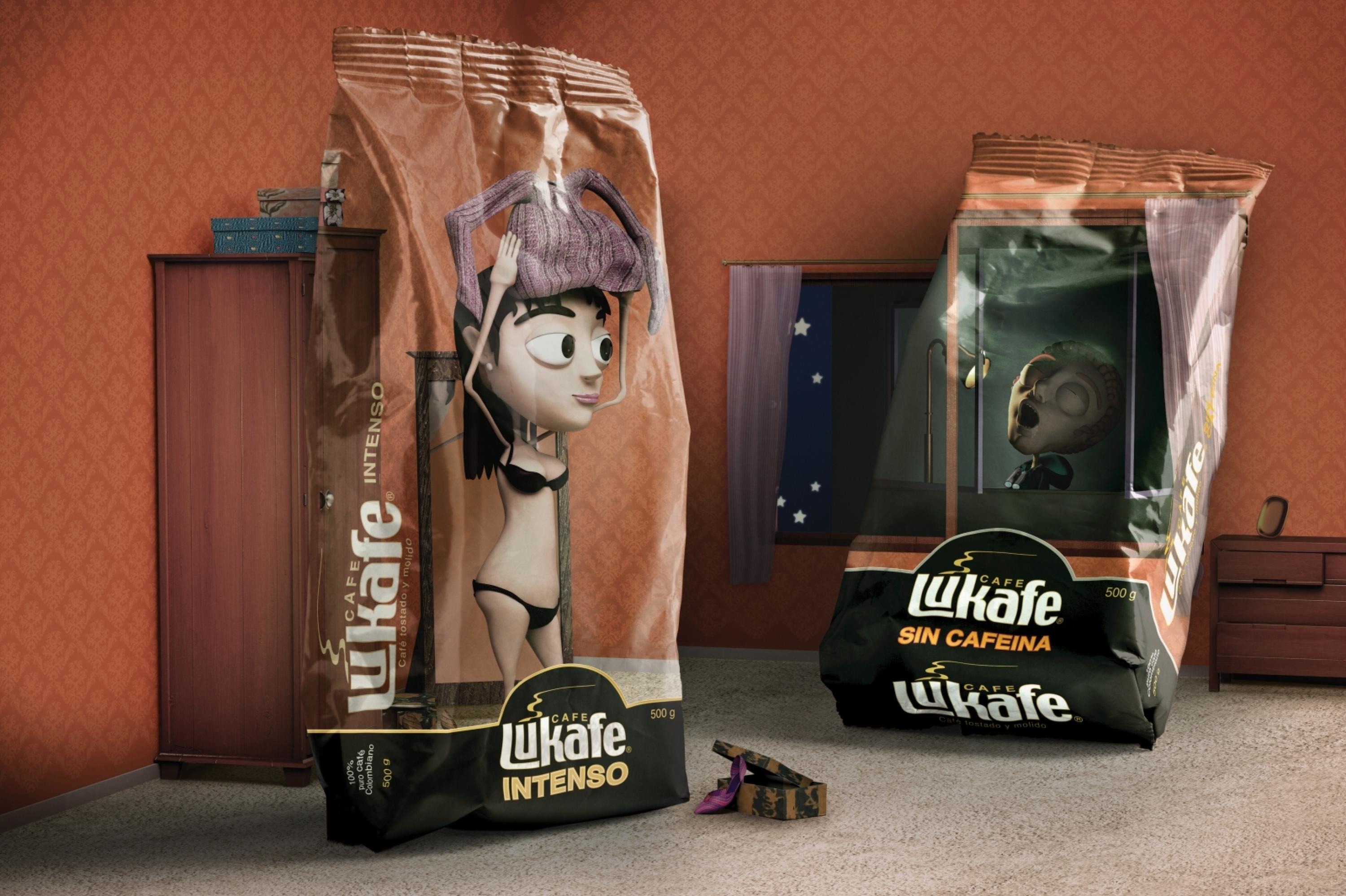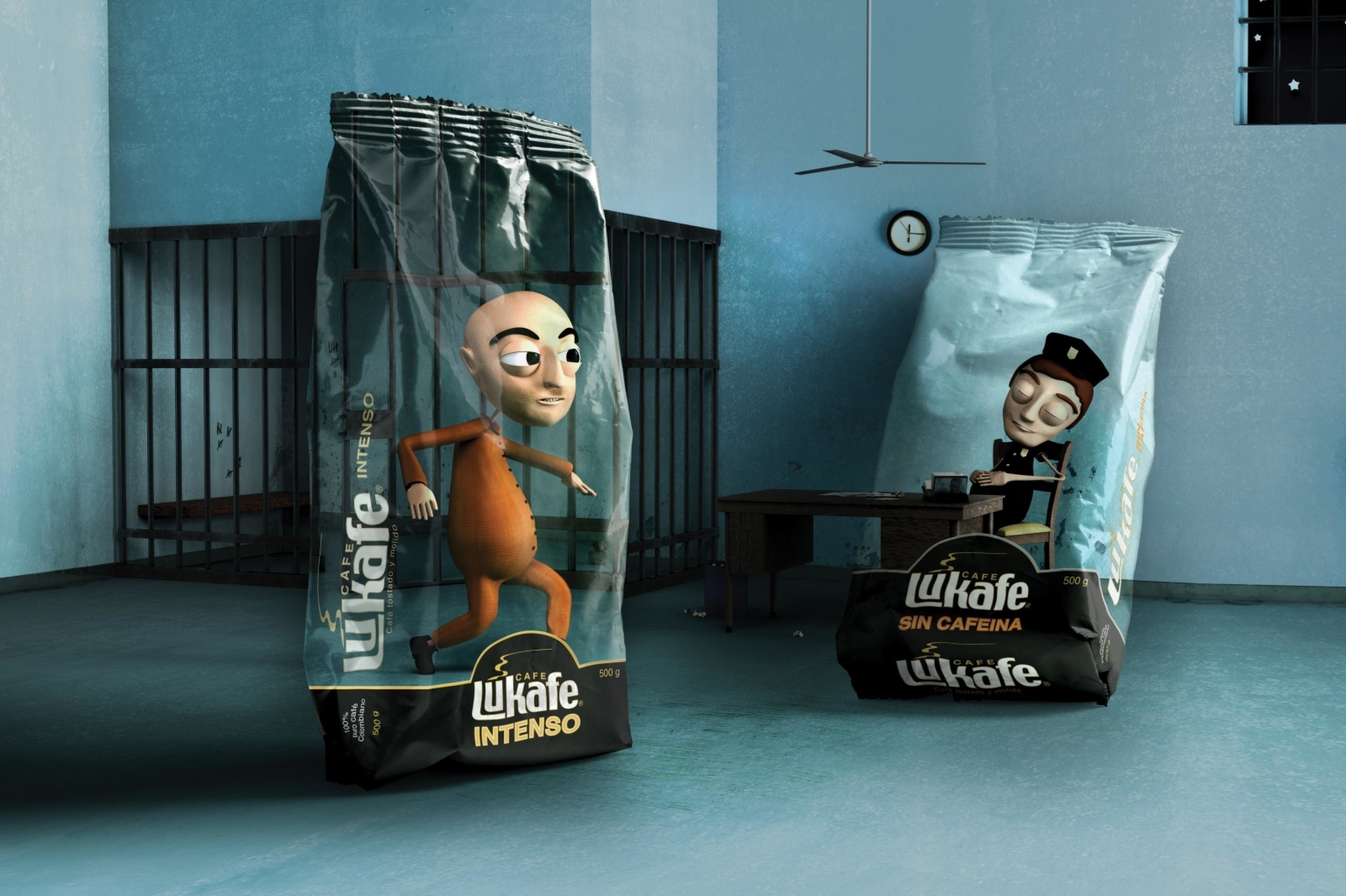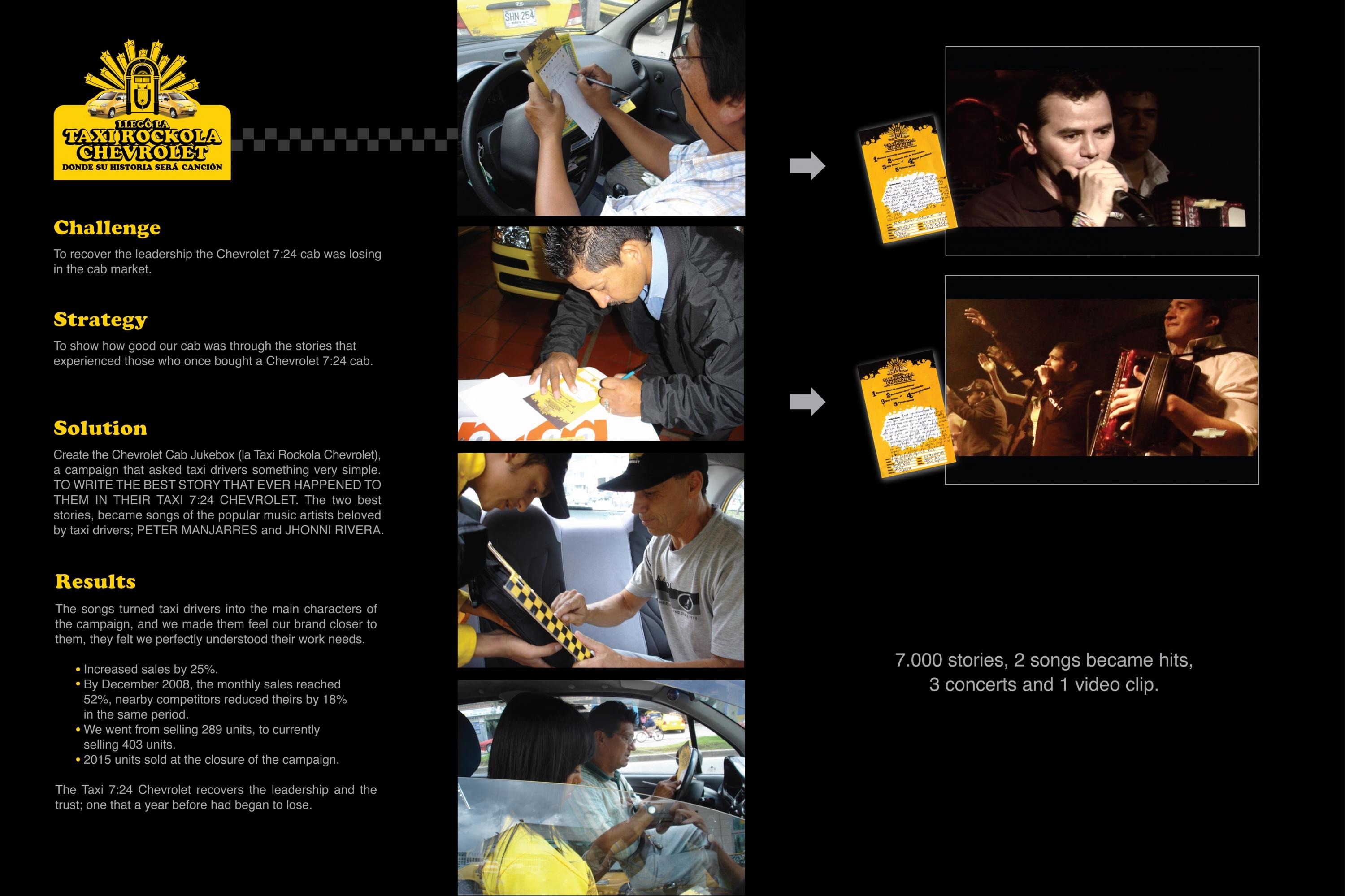Radio and Audio > Medium
LEARNING ON THE WAY
SANCHO BBDO, Bogota / ADN / 2015
Awards:
Overview
Credits
Overview
BriefExplanation
Using A.M radio stations, we took advantage of the number of people that use public transport daily and, for whom, the only form of entertainment is to listen to the radio station chosen by the driver, whilst reading the ADN. So, we used the radio to educate, attracting attention through famous voices that dictated the classes, whilst passengers observed educational material that could be found in every version of the paper. This then allowed user interaction through what they heard and what they read – all of this whilst taking advantage of their journey.
A well-known sports reporter dictated the history classes.
He told the stories through mixing football and sports narratives with historical events that happened in Colombia.
ScriptInEnglish
MVO: Hi, hi! I’m Antonio Casale and today´s Colombian history class is about the battle of Boyacá: the era in which the Spanish control ended and the Creole control began.
The fight occurred Saturday, 7th August 1819. The Spanish and Creole armies had prepared their selection.
The Realist Army wanted to attack the city of Santa Fè in Bogota and The Liberator defended it until the last minute.
Captain, Simón Bolivar, commanded the Liberal Army. His army consisted of 2,850 fighters – if you picture it, that's not that many! A mix of Creoles, Mulattos, Mixed Race, Half-Breeds, Indigenous and Blacks.
The Spanish were more aggressive; they had 2,670 soldiers, 2,300 of which were infantry, 350 from the Cavalry, and 20 from Artillery. Their captain was Colonel José María Barreiro.
All of a sudden, the locals took advantage of an opportunity and attacked in groups. They climbed through brushes and surprised the Spanish with a move called the “ring of fire”.
The Spanish had no other option but to surrender. In this showdown, more than 100 realists and 13 patriotic soldiers died and a further 53 were wounded.
Barreiro, along with the main Realist Leaders and 1600 soldiers, were made prisoners.
The triumph of the Battle of Boyacá became a classic story for the Independence of Northern South America, and brought about further triumphs in the Battles of Carabobo in Venezuela, Pichincha in Ecuador and Júnin Ayucucho in Peru and Bolivia.
Ok class, the first part of today’s lesson has finished, take a 15-minute break and for the second half prepare for another classic called: “The Massacre of the Bananeras”.
ScriptInOriginalLanguage
MVO: Buenas, buenas! Yo soy Antonio Casale, y voy a ser su profesor de Historia para hoy. Sobre la Battalla de Boyaca, es la clase de hoy. Aquella epica jornada en la cual se termino el dominio espanol, y significo el comienzo del control criollo.
La disputa fue el sabado 7 de agosto de 1819. Los ejercitos espanol y criollo tenian preparadas sus nominas.
El ejercito realista queria atacar la ciudad de Santa Fe de Bogota, y el libertador, defenderlo hasta el ultimo minuto.
El ejercito liberador, comandado por su capitan Simon Bolivar, tenia una formacion de 2850 combatientes, imaginense nadamente pues tampoco eran tantos: criollos, mulatos, mestizos, zambos, indigenas, y negros. Todos unidos bajo una misma causa.
En cambio, el ejercito espanol era mas ofensivo, tenian 2670 soldados, pero 2300 eran profesionales de infanteria, 350 de caballeria, y 20 de artilleria. Su capitan era el coronel Jose Maria Barreiro.
De pronto, en una bugada, los locales aprovecharon una oportunidad y atacaron por las bandas, se treparon por matorrales, y sorprendieron con una bugada llamada el anillo de fuego; una bugada clasica de la guerra.
Y los espanoles no tuvieron mas remedio que rendirse. En este enfrentamiento murieron mas de cien realistas, trece soldados patriotas, y cincuenta y tres resultaron heridos.
Barreiro, junto a los principales jefes realistas y 1600 soldados fueron hechos prisioneros.
El triunfo de la Batalla de Boyaca se convirtio en un clasico de la independencia del norte de Suramerica y llevo a los triunfos de las Batallas de Carabobo en Venezuela, de Pichincha en Ecuador, y Ayacucho en el Peru y Bolivia.
Bueno, la clase se acabo. El primer tiempo ha terminado. Tomen un descanso de 15 minutos, y para la segunda parte, preparense para otro clasico llamado La Masacre de las Bananeras.
More Entries from Use of Radio as a Medium in Radio and Audio
24 items
More Entries from SANCHO BBDO
24 items










